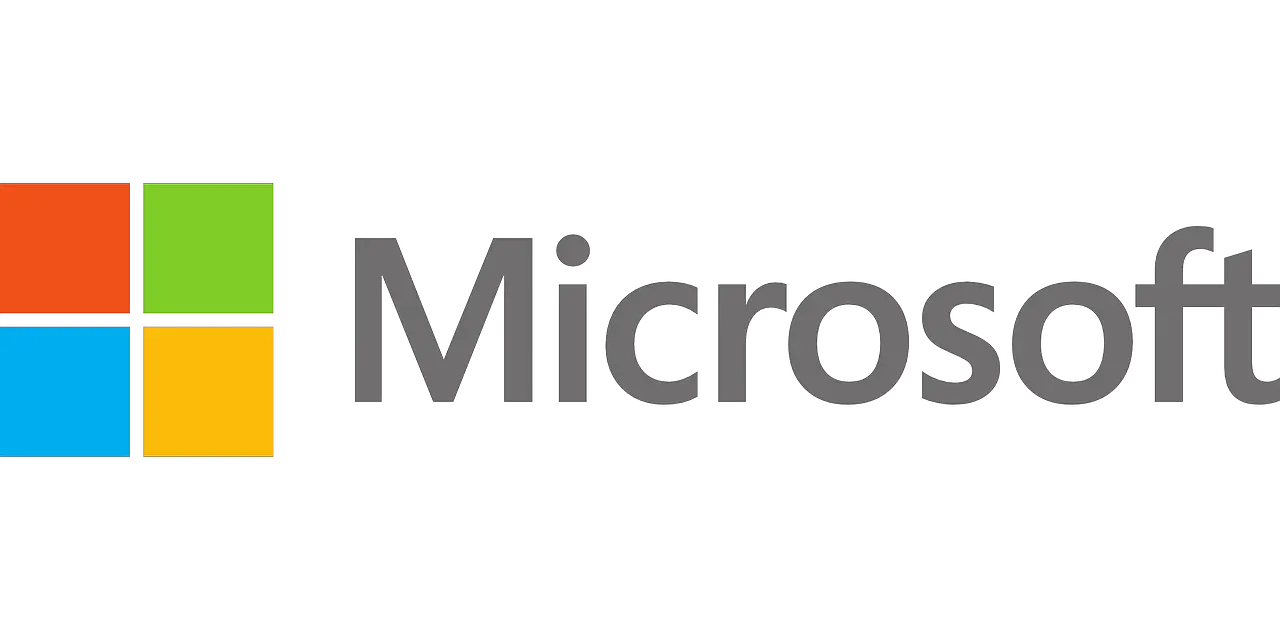If you are an avid user of Microsoft products and services, you may have come across the term “Application Transferred” or “App Transferred.” Application Transferred refers to the process of moving an application or software from one device to another. In this article, we will discuss what this term means, why it is important, and how it affects you as a user.
As technology continues to evolve, companies like Microsoft are constantly updating and improving their products and services. One of the changes that Microsoft has implemented is the concept of “Application Transferred.” This term has caused some confusion among users who are not familiar with the concept, which is why we have created this article to provide a clear understanding of what it means.
- Definition of Application Transferred
- Reasons for Application Transferred
- Upgrading to a newer version of the application
- Switching to a new device
- Repairing or replacing a device
- How to Handle Application Transferred
- Implications of Application Transferred
- Benefits of Application Transferred
- Risks of Application Transferred
- How to Prevent Application Transferred
- Bottom Line
- FAQs about What Does Application Transferred Mean in Microsoft
- What is the difference between the application transferred and the application installed?
- Can I transfer an application or software from a PC to a Mac?
- How long does it take Microsoft to get back to you after applying?
- How do I know if my application went through?
- How long does Microsoft take to process?
- What does application status on file mean?
Definition of Application Transferred
In simple terms, “Application Transferred” refers to the process of moving an application or software from one device to another. This can happen for a variety of reasons, such as upgrading to a newer version of the application or switching to a new device.
Reasons for Application Transferred
There are several reasons why an application may be transferred from one device to another. Here are some of the most common reasons:
Upgrading to a newer version of the application
As technology evolves, new versions of applications and software are released, which may offer more features and better performance. To take advantage of these benefits, users may need to transfer the application to a new device that can support the new version.
Switching to a new device
If a user purchases a new device, they may need to transfer their applications and software from the old device to the new one.
Repairing or replacing a device
If a device is damaged or needs to be replaced, users may need to transfer their applications and software to the new device.
How to Handle Application Transferred
Handling application transfers are relatively simple. Users can typically transfer their applications and software using a cloud-based service or by using an external storage device like a USB drive. Here are some steps to follow:
- Ensure that the new device is compatible with the application or software that you want to transfer.
- Make a backup of your data before transferring the application to avoid any loss of data.
- Use a cloud-based service or an external storage device to transfer the application or software to the new device.
- Follow the instructions provided by the application or software to complete the transfer process.
Implications of Application Transferred
The implications of application transfer can vary depending on the type of application or software being transferred. In some cases, the transfer process may be seamless, and users may not notice any significant changes. In other cases, the transfer process may result in the loss of data or the need to reconfigure settings.
Benefits of Application Transferred
There are several benefits of transferring applications and software from one device to another. Here are some of the most significant benefits:
- Improved performance: Transferring an application or software to a newer device may result in improved performance and faster processing speeds.
- Better features: Upgrading to a newer version of an application or software may offer new features and improved functionality.
- More storage: Transferring applications and software to a new device with more storage space can help to free up space on the old device.
Risks of Application Transferred
There are also some risks associated with transferring applications and software. Here are some of the most significant risks:
- Loss of data: If the transfer process is not done correctly, there is a risk of losing data or corrupting files.
- Compatibility issues: Transferring an application or software to a device that is not compatible may result in compatibility issues and malfunctioning.
- Security risks: Transferring an application or software may expose it to security risks, particularly if it contains sensitive information.
Also, read other job-related tips click here
How to Prevent Application Transferred
Preventing application transfer involves taking proactive measures to ensure that applications and software remain on the device they were intended for. Here are some steps to take:
- Regularly back up your data to prevent loss of data during transfer.
- Use a secure cloud-based storage service to store important files and applications.
- Install reliable security software to protect against cyber threats.
Bottom Line
“Application Transferred” refers to the process of moving an application or software from one device to another. This can happen for a variety of reasons, such as upgrading to a newer version of the application or switching to a new device. While the transfer process can offer benefits like improved performance and better features, it can also come with risks like data loss and security issues. By taking proactive measures like backing up data and using secure storage services, users can minimize the risks associated with application transfer.
FAQs about What Does Application Transferred Mean in Microsoft
What is the difference between the application transferred and the application installed?
Application installed refers to the process of installing an application or software on a device for the first time, while application transferred refers to moving an already-installed application or software from one device to another.
Can I transfer an application or software from a PC to a Mac?
It depends on the application or software. Some applications and software are cross-platform and can be used on both PC and Mac, while others are designed for specific operating systems.
How long does it take Microsoft to get back to you after applying?
The amount of time it takes for Microsoft to get back to you after applying can vary depending on the role you have applied for and the volume of applications being received. In general, Microsoft will typically acknowledge receipt of your application within a few days and may follow up with additional steps such as phone or video interviews.
How do I know if my application went through?
After submitting your application, you should receive an email confirmation or a message on the website indicating that your application has been received. If you do not receive any confirmation, you may want to reach out to the hiring team or contact Microsoft support for assistance.
How long does Microsoft take to process?
The processing time for Microsoft applications can vary depending on the role and the volume of applications being received. Typically, the application process can take several weeks to several months from start to finish, depending on the complexity of the role and the number of interviews and assessments required.
What does application status on file mean?
When your application status is listed as “on file,” it means that your application has been received and is being stored in the company’s database for future reference. This status does not necessarily mean that you have been selected for the role or that your application is actively being considered at this time.

